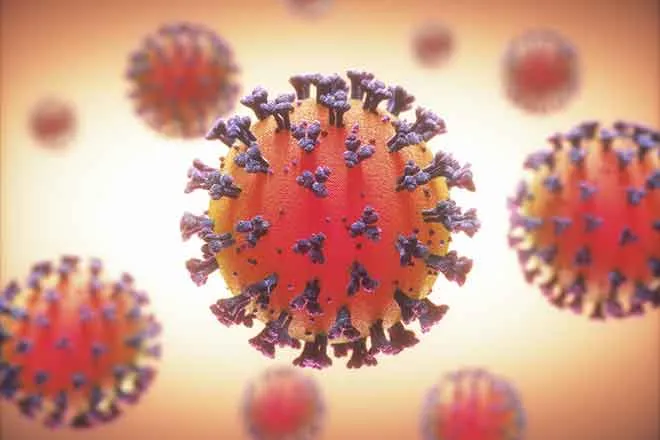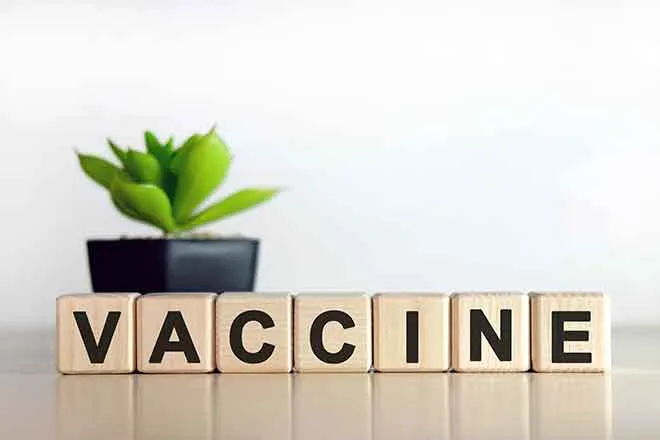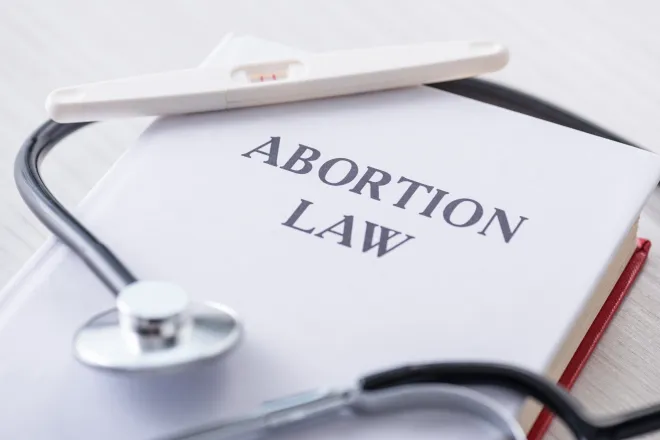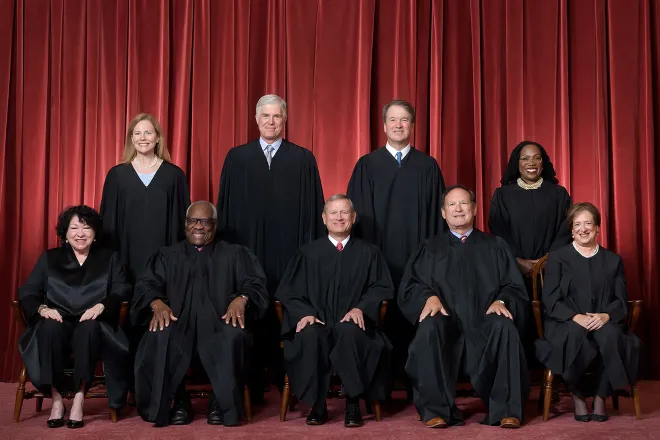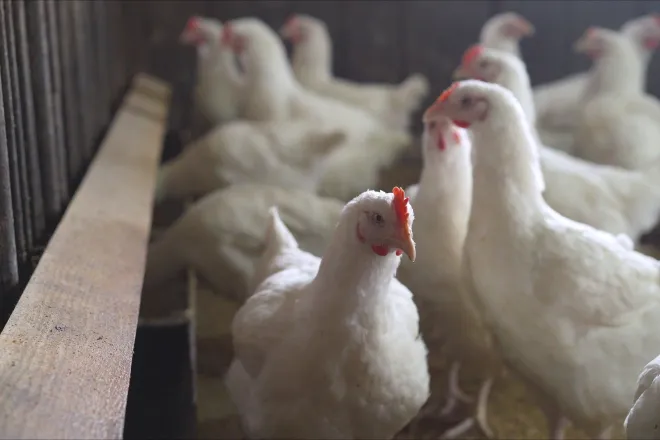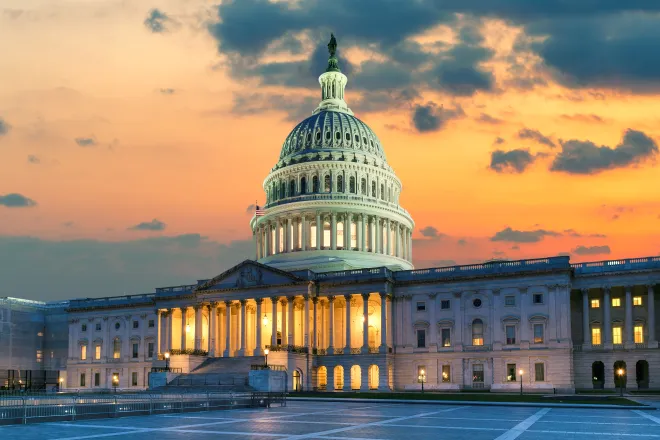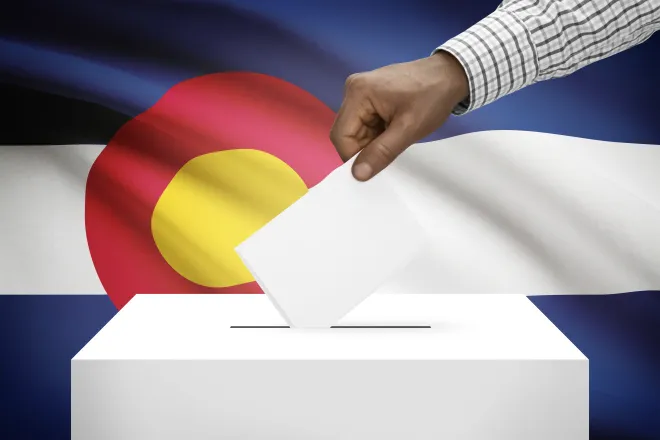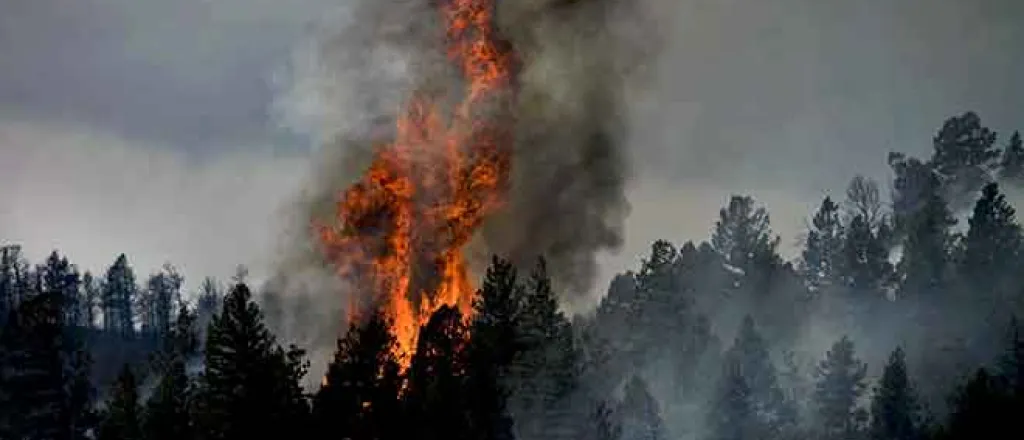
Charting Colorado's emotional and practical destruction of wildfires
Click play to listen to this article.
In 2020, the Cameron Peak Fire burned more than 200,000 acres, destroyed 469 structures and forced the evacuation of more than 6,000 residents in Colorado.
Since then, researchers have documented how the scars of wildfires influence adaptation, build resilience and offer insight into how communities can better prepare for and recover from natural disasters.
Pilar Morales-Giner, a postdoctoral researcher at the University of Granada in Spain, said as wildfires scorch forests or communities, they also affect our connection to the places.
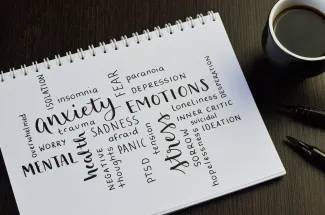
"In addition to this tragedy of losing a home, when a fire burns an emblematic community building, for example, or a trail or a forest that we usually go to, this also affects what connects people to places," Morales-Giner explained.
Colorado State University researchers interviewed 34 Larimer County residents, local leaders and environmental organizations to learn how the largest wildfire in Colorado history affected them. The results, "Ash Everywhere: Place Attachment and Meanings in the Aftermath of Wildfires," were recently published in Sage Journal.
Anne Mook, senior team scientist for the Institute for Research in the Social Sciences at Colorado State University, said wildfires are incredibly disruptive for people's lives and stressful to people's mental health. But she added people are also drawn closer together after natural disasters to rebuild homes, schools and churches, which strengthens social bonds and resilience.
"There's also this message of hope that these kinds of events can be a catalyst for growth and unity and building new and stronger connections with our environment," Mook observed.
Researchers also found communities affected by wildfire are more open to different mitigation strategies, including prescribed burns, which improve soil health and help trees grow faster.
"These things that initially were very much met with resistance now are much more embraced and people are learning," Mook noted. "These are practices that have been used for a very long time, for example, in the U.S. South, but also by the Native Americans."
This story is based on original reporting by Stacy Nick for The Audit.


